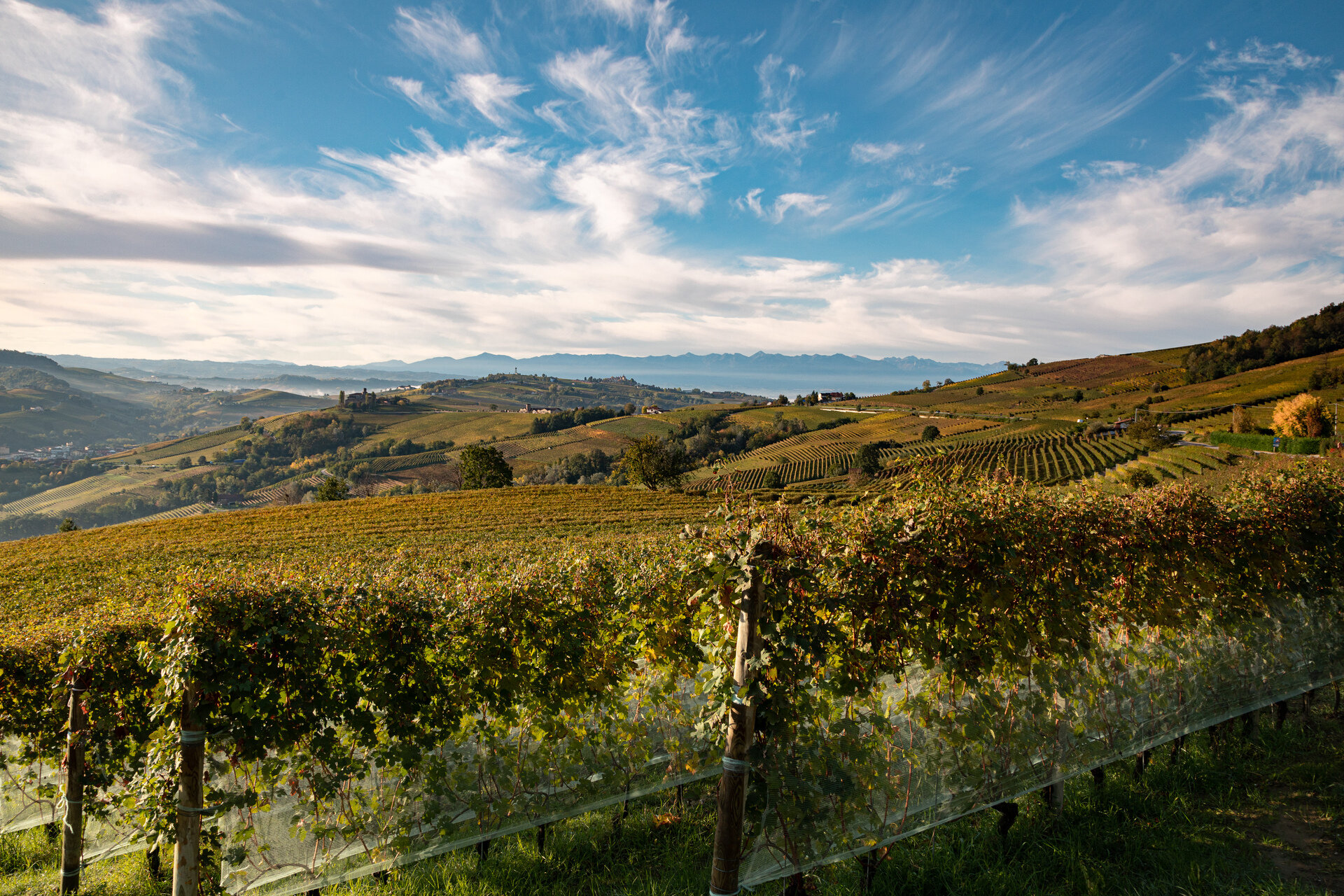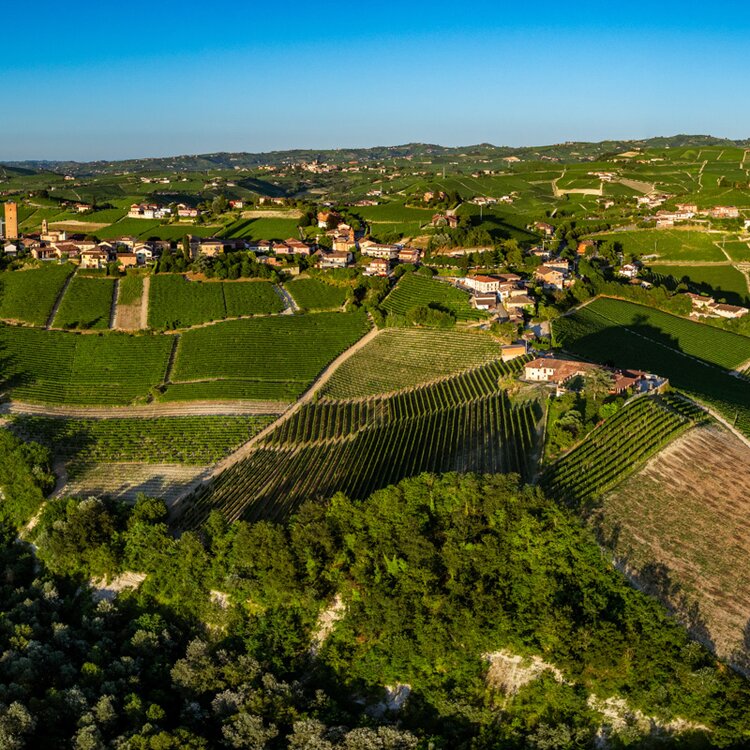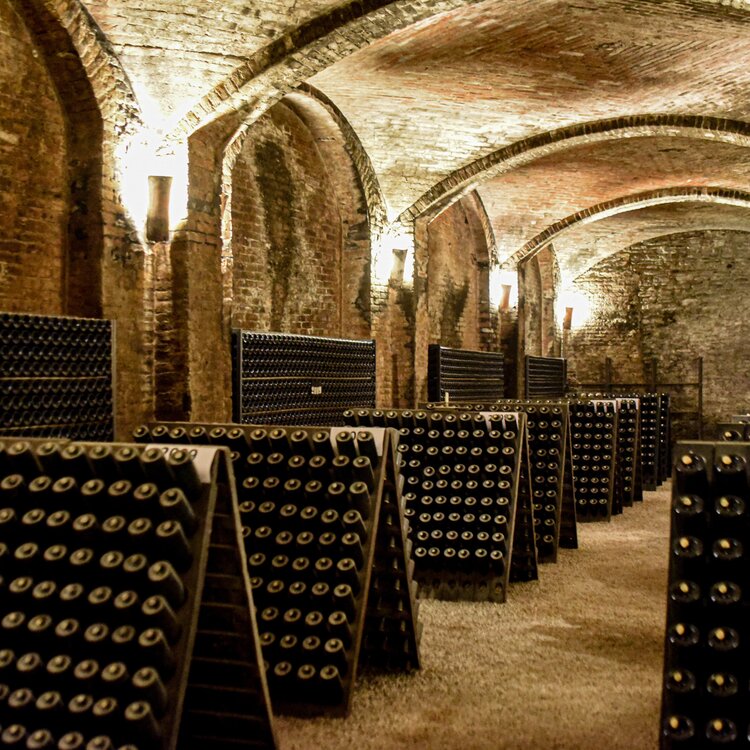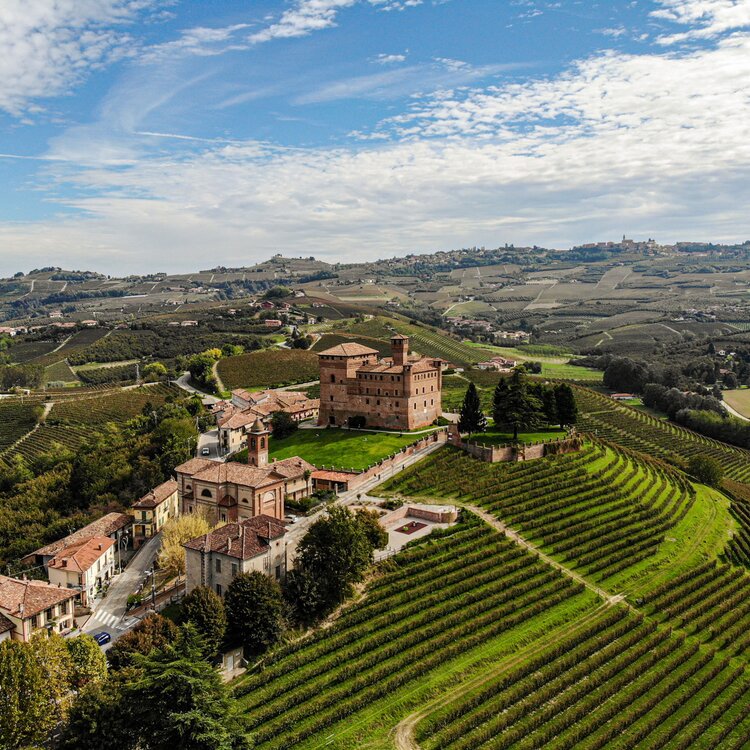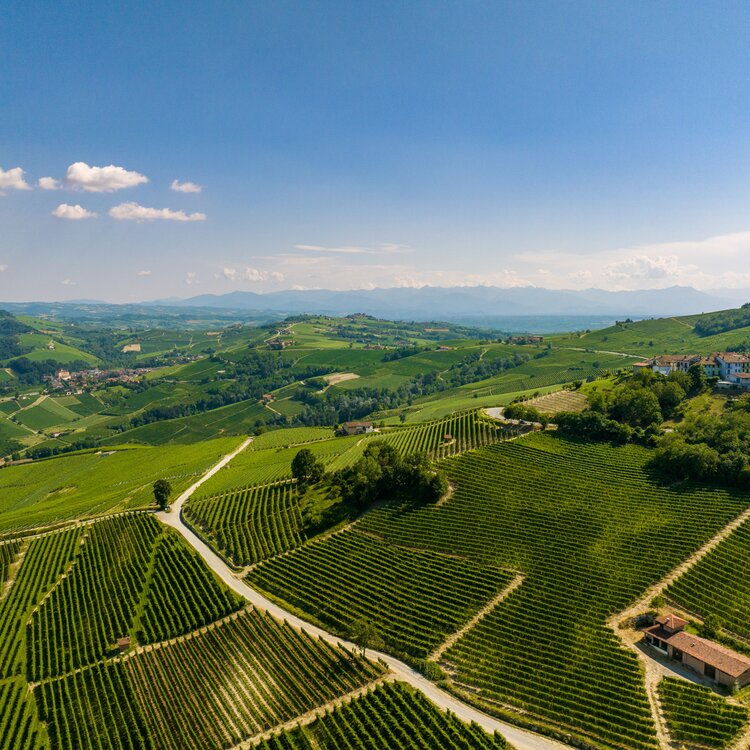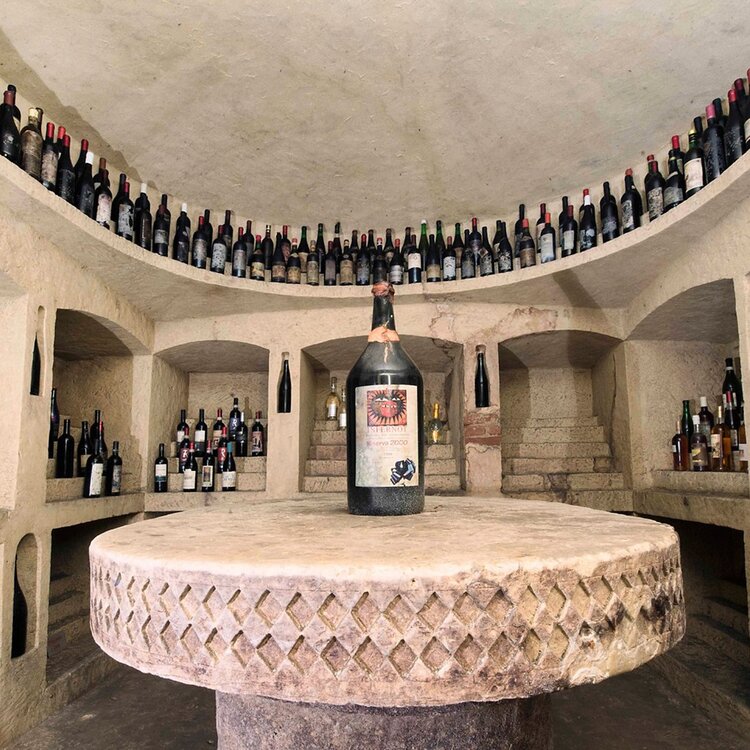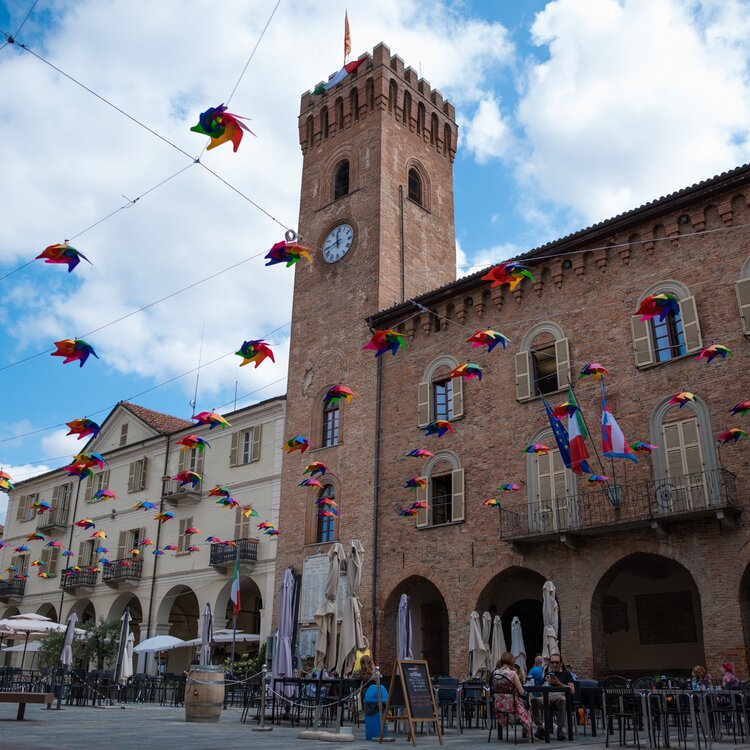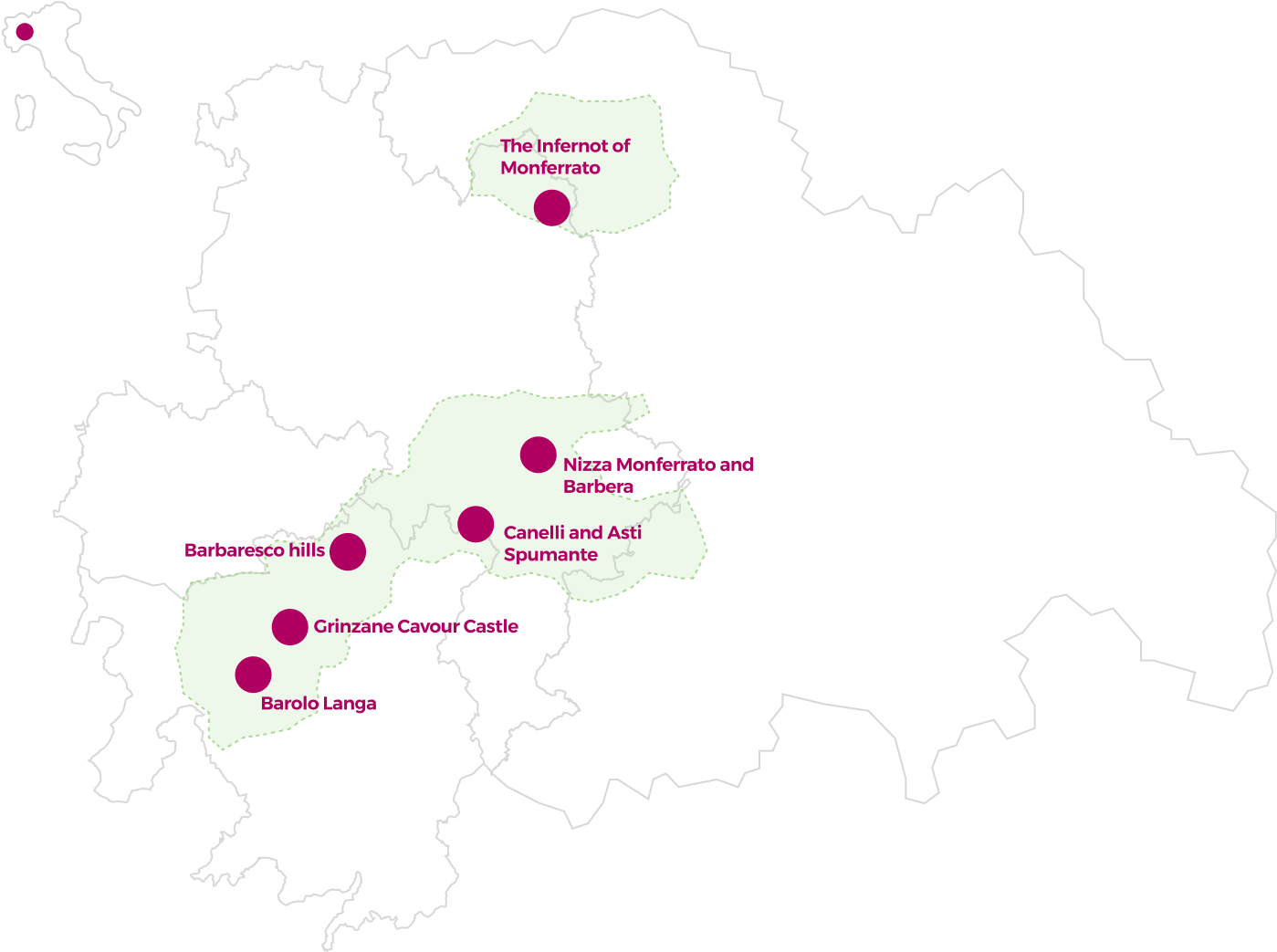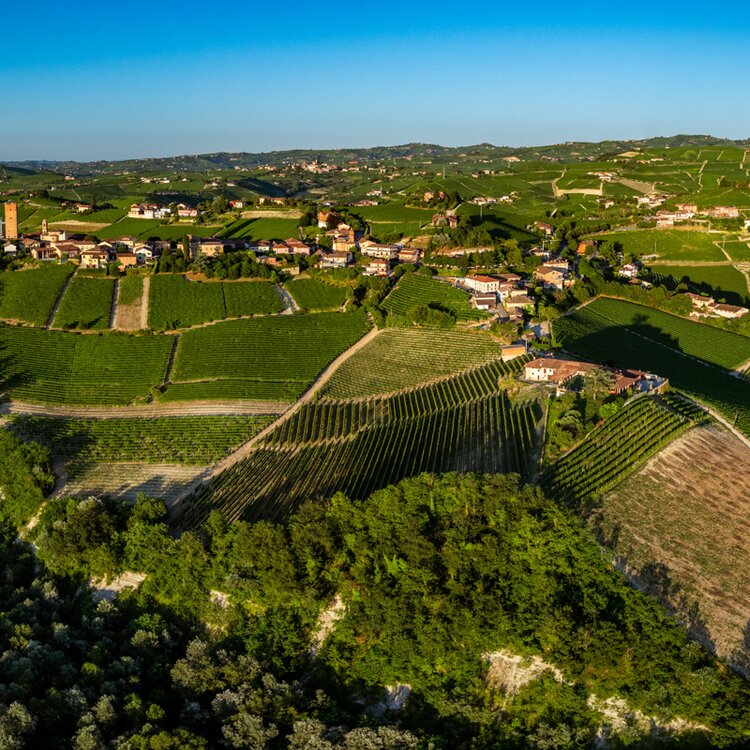Langhe-Roero and Monferrato preserve a cultural landscape in which human labour has interpreted, followed and harmonised with nature over time.
From vineyards and wineries to villages, castles and country chapels, every feature tells a story. And each passing season renews the ancient knowledge that has been passed down with love and respect.
In 2014, UNESCO recognised these hills as the Vineyard Landscapes of Piedmont: Langhe-Roero and Monferrato and were included in the World Heritage List.
This vast serial site consists of six areas, or 'components', located in the provinces of Alessandria, Asti and Cuneo. It comprises 29 municipalities and covers a total area of 10,789 hectares.
The site is complemented by a buffer zone of approximately 76,000 hectares, involving over 100 municipalities, which ensures the continuity and protection of the surrounding landscape.
It is protected by a comprehensive system of landscape protection and territorial planning, coordinated and managed by the Association for the Heritage of the UNESCO Vineyard Landscapes of Langhe-Roero and Monferrato since 2011.
The components were selected for the quality of their landscapes, which are evidence of positive interactions between people and the environment over the centuries. They were also selected for their wine-making tradition, cultural and productive value, and for the presence of symbolic architecture and facilities tied to the entire wine production chain, from cultivation and processing to storage and distribution.
These six areas showcase the excellence and diversity of Piedmont's vineyard landscape. Together, they represent the dialogue between nature, knowledge, and culture that gives these hills their unique, world-renowned status.
Component 1 – Barolo Langa
Langa, the birthplace of Barolo, tells the story of a centuries-old dialogue between humans and nature.
Here, the Nebbiolo grape variety reaches its pinnacle, cultivated on terraced hillsides by generations of farmers. The landscape is recognisable, marked by castles, villages and wineries that reflect a deeply rooted identity.
Component 2 – Grinzane Cavour Castle
The castle, a symbol of Piedmontese winemaking, showcases a blend of agricultural expertise and 19th-century winemaking experimentation. It was here that Camillo Benso, the Count of Cavour, united tradition with modernity.
Component 3 – Barbaresco Hills
The hills of Barbaresco preserve a refined landscape, shaped by Nebbiolo and by an intimate and shared dedication.
Component 4 – Nizza Monferrato and Barbera
In the heart of the Asti Monferrato area, a deep and generous wine with popular roots provides a strong territorial identity. The landscape is vibrant, and the town of Nizza Monferrato is at the heart of producing and promoting this wine.
Component 5 – Canelli and Asti Spumante
The cradle of Italian sparkling wine production, this area is characterised by its subterranean tunnels, known as "underground cathedrals", where the wines ferment and mature slowly. It is the home of Moscato and Piedmontese sparkling wines, which are internationally recognised as emblems of refined technical expertise.
Component 6 – The Infernot of Monferrato
This component features small hypogean rooms, which were carved into the stone by local craftsmen and are used for storing the finest wines domestically. These quiet places, dug by hand, are symbols of vernacular art that reflect the community's deep bond with wine.
Together, these six core components and the surrounding buffer zone create a vibrant, unified cultural landscape. Here, wine is not just a product, but also a narrative, a memory, a way of life, an economic driver and a source of identity. This landscape is also the foundation for the development of wine tourism in Piedmont.
Today, this recognition is a promise.
Cultivating the landscape involves inhabiting it with care, preserving farming and artisanal knowledge, and celebrating the wine culture that has shaped the land through balance, moderation, and harmony.
This digital space is intended for two types of users: those who wish to discover and understand the history, geographical morphology and activities of the UNESCO site, and those who experience it on a daily basis.
Take your time to appreciate this landscape, listen to its stories and treat it with respect. This landscape must be preserved, inhabited, shared and bequeathed to posterity.
